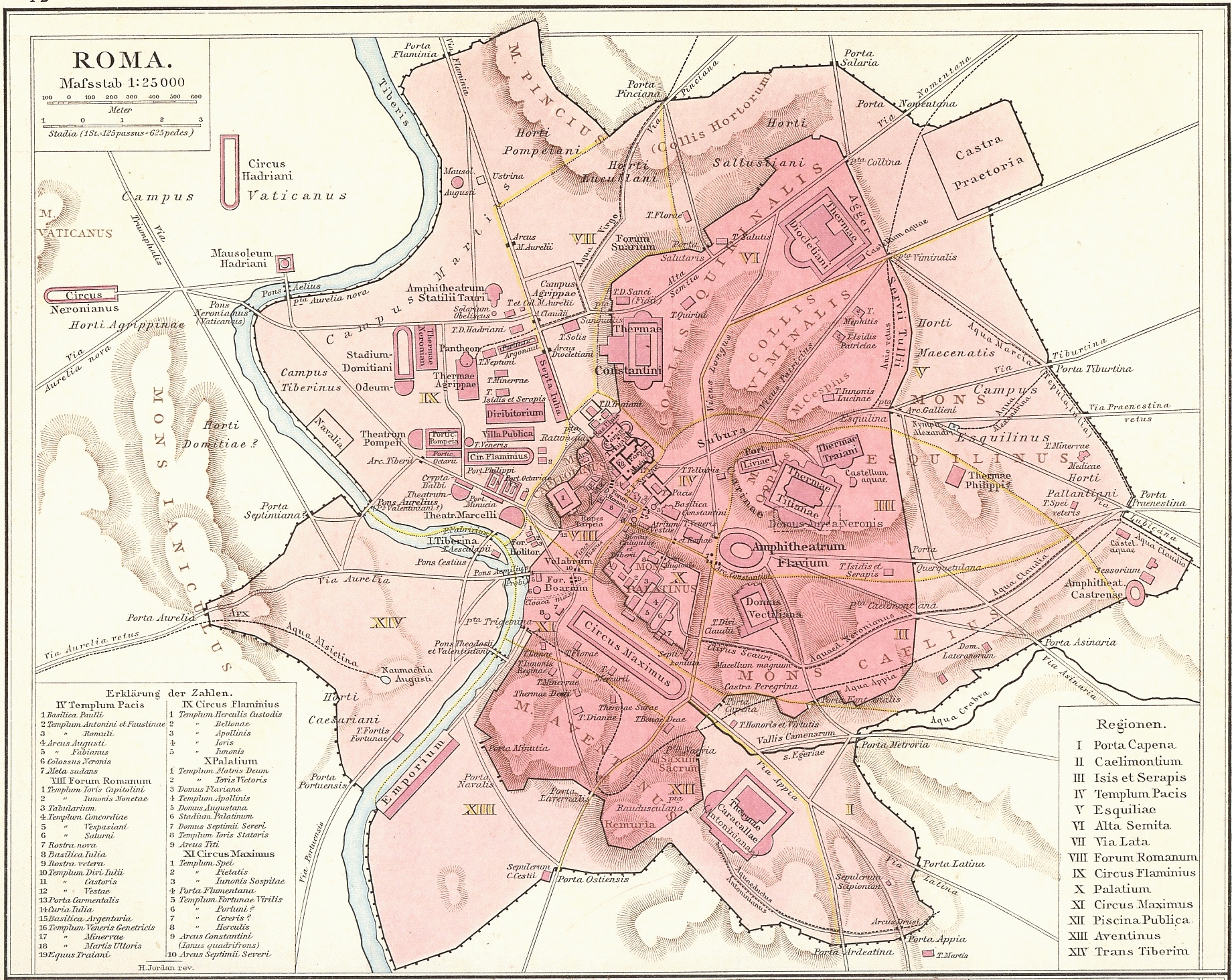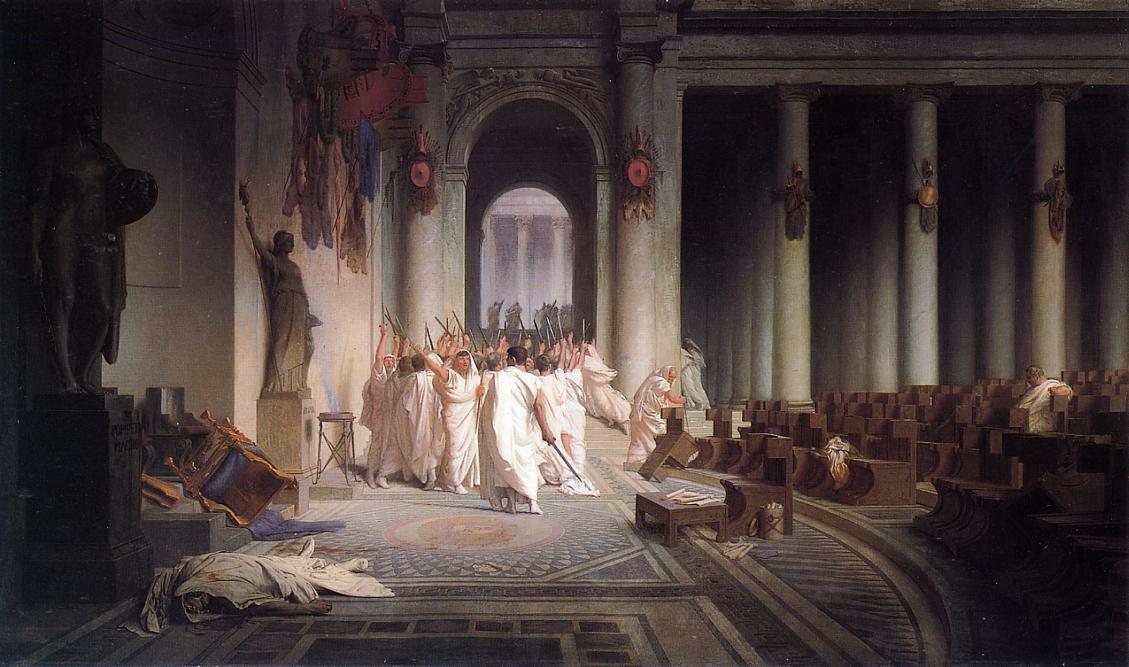On Monday I wrote about my first trip to Siena, which is south of Florence and in the center of Tuscany. I got off the bus and looked out to see a fairy-tale view. Well, I rummaged through a bunch of boxes and found all of my pictures from that trip!
Here’s the view that took my breath away.


I took the photo before I had a digital camera, so when I scanned and cropped the image, it just came out looking even more like a painting. Beyond all of the fairy-tale stuff, I find Siena to be a really relaxing city. It’s a good gateway between the busier, often tourist-packed streets of Florence and the quieter towns and countryside Tuscany offers. There aren’t a ton of must-see sights, but the hilly, curved, stone streets tempt you to explore the medieval architecture and sometimes unexpected vistas.

Two of the main sites are the Duomo and the Piazza del Campo. The Duomo is one of my favorite churches in Italy (Ahem. So far. There are so many more to see, you know.) It was first completed in the last half of the 13th century, but an addition in the 14thcentury made it one of the largest churches in Italy at the time.

Its façade is stunning, but it’s the deep greenish-black and white marble on the tower and in the interior that makes it feel somehow lighter, hopeful even, to me.


The black and white marble, by the way, is a nod to the city itself, whose shield is also black and white. The story behind the choice of these colors relates to the founding of Rome. If you know the legend of Rome, you’ll remember two twins, Romulus and Remus, who were raised by a she-wolf, founded the city. Well apparently, Remus’s two twin sons, Senius and Aschius, ran off with the she-wolf statue from Apollo’s temple. Senius, from whom the city takes its name, rode a black horse, while Aschius was on a white one. As you walk around, be on the lookout for statues or depictions of a she-wolf suckling a child. There’s even one in the floor of the Duomo. While you’re looking for she-wolves, you might notice a number of other beasts, birds, insects, and other images around the city on flags, tiles, or lampposts. These denote which one of the 17 contrade, or districts, you are in.


Originally there were 59 contrade, which were created for military and administrative purposes in the Middle Ages. Tuscany was not stable or unified at the time. Cities and towns faced constant struggles over power and land. Siena and Florence, for example, had an especially torrid relationship. So in the 14th century, each contrada provided men to aid in Siena’s military defense. Over time, the number dropped to the 17 that remain today. Four of them are nobile or noble for various acts/reasons, like providing exceptional help in a battle. Each has its own symbol, coat of arms, motto, museum, and fountain. Most contrade have both an adversary, which is often a neighbor, and an ally. There’s the:
- Aquila or Eagle
- Bruco or Caterpillar
- Chiocciola or Snail
- Civetta or Little Owl
- Drago or Dragon
- Giraffa or Giraffe
- Istrice or Crested Porcupine
- Leocorno or Unicorn
- Lupa or She-Wolf
- Nicchio or Seashell
- Oca or Goose
- Onsa or Wave
- Pantera or Panther
- Selva or Forest
- Tartuca or Tortoise
- Torre or Tower
- Valdimontone or Valley of the Ram
This may seem like another nice leftover from medieval times, but the contrade still play a role in Siena today. Twice a year, on July 2 and August 16, 10 members of the districts compete in a hugely popular bareback horse race called the Palio. Seven districts compete “by right” and 4 draw for a chance. One of my Eyewitness Travel Guide books says it is a medieval tradition that dates back to 1283 but the Palio website states it takes place to
celebrate the miraculous apparition of the Virgin Mary near the old houses that belonged to Provenzano Salvani. The holy apparition was therefore called "Madonna di Provenzano" in whose honour the very first Palio was run on August 16, 1656.” (More here)
The Palio, however, definitely retains an aura of medieval times with its costumes, flags, and ceremony. The race takes place in the center of town in the Piazza del Campo. There’s a central triangular area that fans out from one side to make the piazza. This part is fenced in and the area between it and the buildings makes a ring that is filled with sand.



Thousands of viewers pack the inner triangle and people sell off spaces in windows and on balconies for viewing the race. After all the ceremonial stuff is done, the race goes by in a flash. Then the celebrations start! [youtube=http://www.youtube.com/watch?v=VM0YqFJrypk] I’ve never been to the Palio. To be honest, I have no desire to see the actual race. I don't really like horse races after a traumatic experience watching a steeplechase when I was a kid. But I was in Siena after the Palio one year when the celebration was still going on and I loved the atmosphere. The Oca/goose contrada won and while walking around town we stumbled on an impromptu party. The owner of a shop popped open a couple of bottles of prosecco for a crowd. One of the corks landed by me. I still have it today. I remember thinking at the time, “Ah, this is the life!” Everyone was singing, laughing, chatting, and enjoying the festivities and their win. On another trip, as we lazily strolled around the Piazza, a wedding party came out of the Palazzo Pubblico (which also has a civic museum if you’re interested). The bride, groom, and small group of friends and family hugged and kissed in the warm sun. It all seemed so lovely and relaxed.


Then the bride and groom walked around the Piazza as onlookers clapped and wished them well. I loved how public and intimate it was all at the same time. I would love to do something similar one day. That’s really what Siena has always been about for me: relaxed exploration. Yes, there are tourists, but there is also the beauty of life going on around you. You can go there and just be and see. I’m now partial to shopping a bit and then people-watching in the Piazza while eating fig gelato. My favorite experiences in Siena have always unfolded quietly like a gift. I didn’t go looking for them, they were just there. I said this on Monday, but I think it would be even better to use it as a home-base for a longer trip. I would love to experience more of the restaurants, markets, and the evenings. It’s so great in the day that I’d like to see what kind of magic twilight brings.







